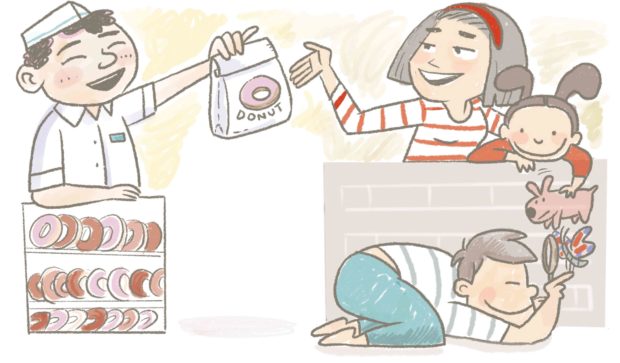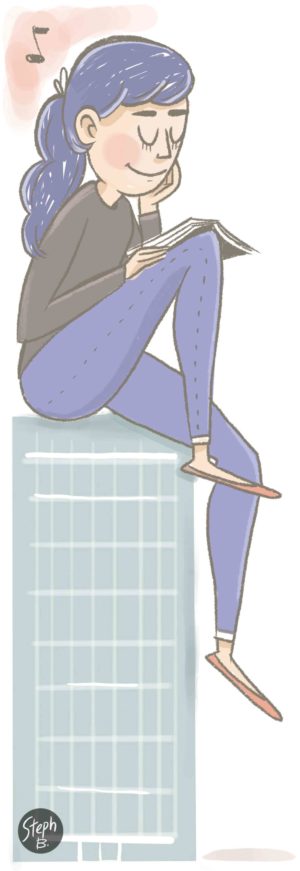
Beyond trends in fashion and consumption, humanity’s aversion to taxing errands and inconvenience has expressed itself in other trends permeating many facets of our lives.
A new “evolution” that adds to these is the ideation of mixed-use developments.
Mixed-use developments refer to buildings or complexes designed for combined commercial, cultural and residential usages. Because of their designs, dwellers are able to live in virtual townships, where everything they will ever need is.
Developments blending homes and commercial facilities in a single place rise as a reaction to what has now turned into an impractical practice: zoning. Beginning in the 20th century, cities were traditionally designed in such a way that residential areas were segregated from economic hubs, and workers had to commute on a daily basis. Fast forward to now: People live with the daily mayhem of standstill traffic during rush hours, habitual tardiness and plain helplessness.

1. Everything is within reach
Food and clothing, home and work—whatever you think you want or need, everything is a walk away. If you plan things carefully, you may accomplish different tasks on the route from work to home. If you forget a to-do, you’ll merely need to literally circle back. You don’t have to cover traffic-laced distances.
2. See your community transform
Mixed-use buildings often rise in areas that were previously underdeveloped or marginalized. Thus, it gives new hope and new life to what would otherwise be a depressed area. It also spawns job opportunities for adjacent communities.
3. Be part of the green movement
Mixed-use developments actualize the pedestrian-centric cities Metro Manila mayors are now shooting for. Because you now have the option to walk, bike and ride better mass transport, you can ditch your car and reduce carbon footprint. From the get-go, projects also always include greenery—and you know how plants relax the eyes and insulate the surroundings.
4. Build networks with residents
Recreational and cultural spaces like plazas and parks are yet another element common in most mixed-use projects. Being inherently compact and circular, they also promote the formation of tight-knit networks.
5. Focus on your well-being
Given the amount of time conserved and the security offered by a mixed-use property, residents can easily decide to jog, run or bike any time of the day, on their whim. Some properties also offer ample space for urban gardens, painting and other hobbies that promote wellness.
6. Transform your budget
More compact communities allow people to cut down their budget for travel costs and save up or invest in other items. That is good news not only for the residents themselves but also for enterprises around them—people would have more time and resources to dine out or shop, and more.
7. Get a home, a real one
Abiding by contemporary standards in sustainability, resilience, security and more, a home within a mixed-use community can offer an unparalleled feeling. You don’t need to sweat the small stuff because designers intentionally planned your address thinking about our safety, comfort, and convenience.
8. Live in the future now
The future is compact and efficient, as you will note from the revolutions coming up in the market.
As early as now, live the life that future cities will aspire to: less urban sprawl and more condensed dynamism, all in one place—the same community where you dream and achieve, where you live and work.

